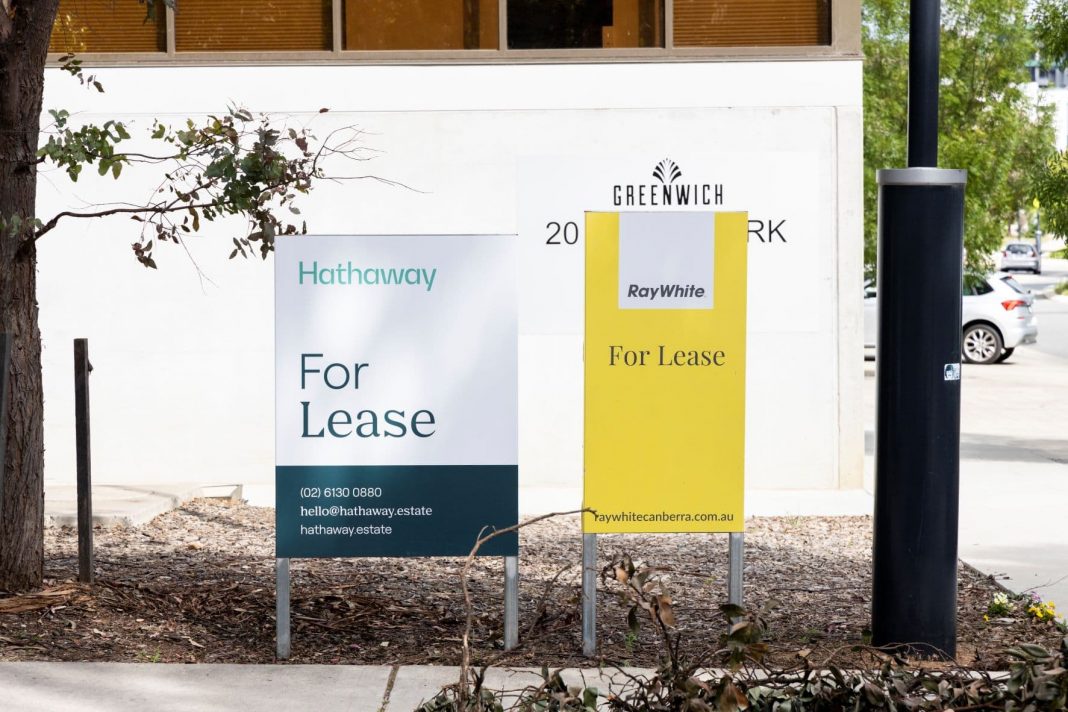Rental affordability in the ACT improved by 0.4 per cent over the September quarter, although it has worsened overall throughout 2022.
According to the latest Real Estate Institute of Australia’s (REIA) Housing Affordability Report (HAR) for the September quarter, the ACT had the largest improvement in rental affordability in Australia.
Over the year, rental affordability declined by 1.0 per cent in the ACT and the current proportion of family income required to meet the median rent is 21.5 per cent.
Meanwhile, housing affordability in the ACT declined over the September quarter and across 2022, with the proportion of income increasing by 3.5 per cent over the quarter and 6.8 per cent over the year.
The proportion of family income needed to meet an average loan repayment is currently 31.7 per cent.
ACT Report
In the September quarter, the HAR shows the median family income per week in Canberra is $3,019.
The average loan size for first home buyers decreased by 1.0 per cent in the September quarter, and by 0.1 per cent over the past year.
The total number of loans to first home buyers in the ACT decreased by 6.6 per cent over the quarter to 808 loans.
Over the past year, loans to first home buyers decreased by 7.1 per cent.
First home buyers now account for 35.9 per cent of the ACT’s owner-occupier market.
The average loan for first home buyers in the ACT decreased by 1.0 per cent to $495,421, down 0.1 per cent over the past year.
The ACT’s average loan size decreased by 0.9 per cent, while Tasmania recorded the highest increase in loan size at 13.8 per cent.
The total number of loans decreased in the ACT by 12.2 per cent to 2,252 over the quarter, contributing to a 10.4 per cent decrease over the past year.
Loan sizes overall have decreased to $598,579 in the ACT – declining by 0.9 per cent over the quarter but still an increase of 7.6 per cent over the past year.
National Report
Across Australia, housing affordability declined over the September quarter, with the proportion of income required to meet an average loan repayment increasing to 42.2 per cent – an increase of 3.8 percentage points.
REIA president Hayden Groves said housing affordability declined in all states and territories across the September quarter.
Tasmania recorded the highest decline with the proportion of income required for a median loan repayment increasing by 5.9 per cent and Western Australia recording the lowest decline, increasing by 3.2 per cent.
“Rental affordability declined less than housing affordability with the proportion of income required to meet median rent increasing by 0.1 percentage points to 23 per cent,” Mr Groves said.
“Rental affordability improved in NSW and the ACT, remained stable in South Australia and Western Australia, but declined in all other states and territories.”
Nationally, first home buyers significantly dropped over the September quarter by 9.6 per cent to 26,343. Compared to the 2021 September quarter, first home buyers decreased by 30.3 per cent over the past year.
“Over the September quarter, the number of first home buyers decreased in all states and territories except Tasmania and the NT where there was an increase,” Mr Groves said.
“The Reserve Bank of Australia (RBA) increased the official cash rate to 2.35 per cent in the September quarter.
“The quarterly average variable standard interest rate increased to 6.8 per cent. The quarterly average three-year fixed rate increased to 6.1 per cent by the end of the quarter.”
The national average loan size for first home buyers dropped to $479,125, marginally decreasing by 0.1 per cent over the quarter and increasing by 4.4 per cent over the past 12 months.
“The total number of owner occupied dwelling loans decreased to 85,122, a decrease of 9.4 per cent over the September quarter and a decrease of 21 per cent over the past 12 months. This is the highest annual decrease in new loans since December 2010,” Mr Groves said.
“The total number of loans for owner occupied dwellings decreased in all states and territories over the September quarter except in the NT where it increased 2.3 per cent. Decreases ranged from 6.6 per cent in Tasmania to 12.2 per cent in the ACT.
Nationally, the average loan size decreased by 2.7 per cent to $595,566 over the September quarter – the first quarterly decrease since September 2020 – but increased by 4.4 per cent over the past 12 months.
Get all the latest Canberra news, sport, entertainment, lifestyle, competitions and more delivered straight to your inbox with the Canberra Daily Daily Newsletter. Sign up here.



